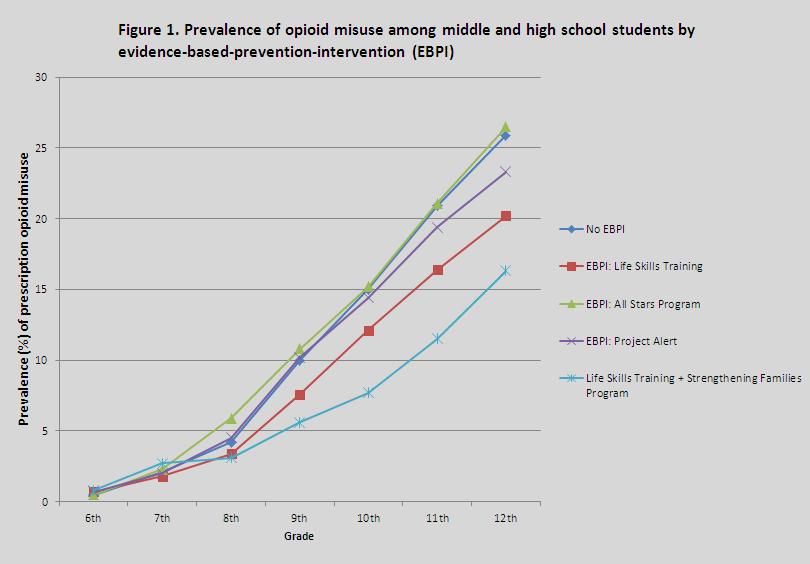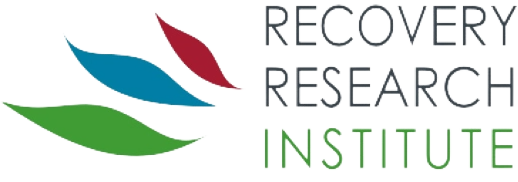A Public Health Approach to Preventing Opioid Misuse: Targeting Middle School & High School Students
The rapidly increasing rates of heroin and prescription opioid misuse in the U.S. have led to what we are now calling the “opioid epidemic”
To address this growing crisis, recent research has assessed the efficacy and cost-effectiveness of several public health interventions, both universal and targeted, to prevent opioid misuse in the United States.
A universal prevention approach, recently evaluated by Crowley and colleagues, was to investigate how cost-effective substance use prevention strategies were for preventing opioid misuse among middle and high school students. These researchers randomly assigned some middle schools to receive universal evidence-based-prevention-interventions (EBPIs) and compared them to schools who did not receive these interventions. Students and their families in schools that received the EBPIs were also offered a program that focused on strengthening the family. Students received the strengthening families program while in 6thgrade, the EBPIs in 7th grade, and were followed up to assess opioid misuse in 12th grade. Results showed that some of the EBPIs were effective in preventing opioid misuse, while others were not.
The program that appeared most successful focused on life skills training.
The benefits of the EBPIs appeared to be enhanced when delivered in conjunction with the strengthening families program. The prevalence of students who had misused opioids by the time they were in 12th grade was over 5% less among students who received the life skills training and almost 10% less among students who received the life skills training and strengthening families program relative to students who did not receive any intervention (Figure 1). Researchers concluded that life skills training appears to be a cost-effective approach to preventing opioid misuse among middle and high school students, especially when combined with a family strengthening program.
When examining the cost-effectiveness of the successful Life Skills Training EBPI, researchers found that it cost about $613 to prevent one student from misusing opioids before 12th grade.


